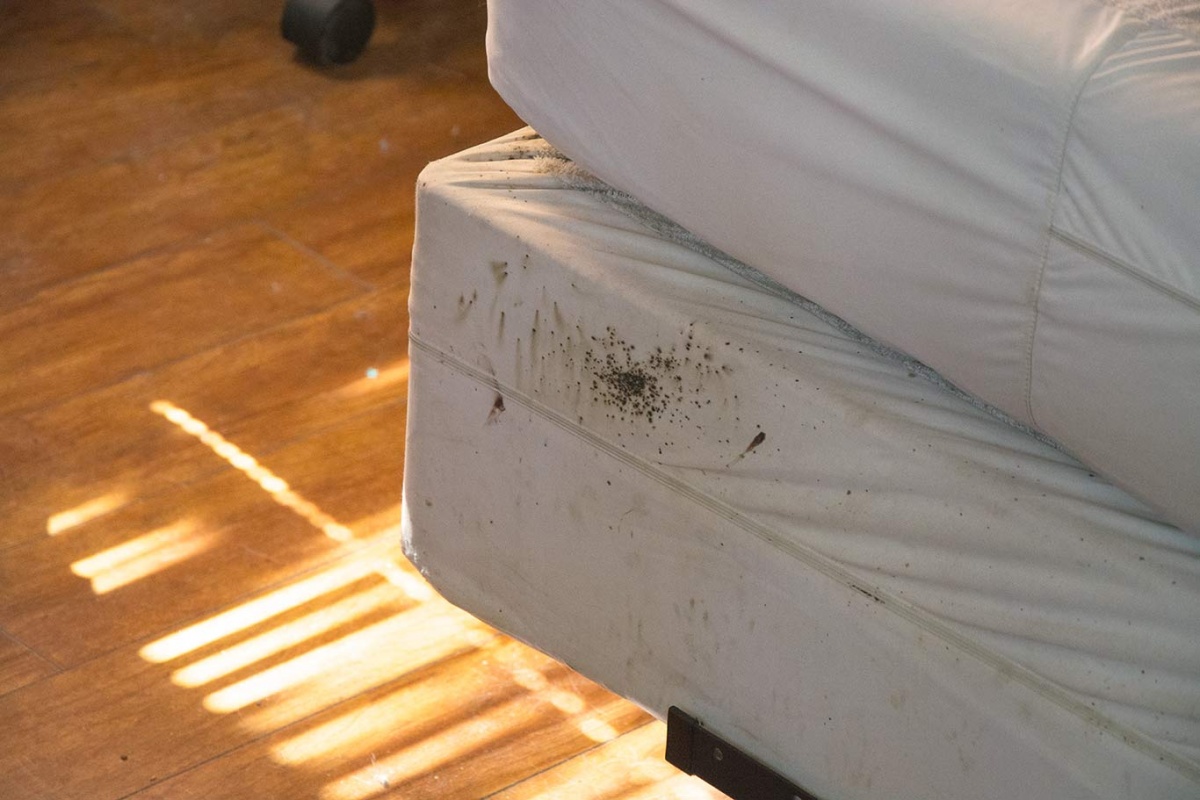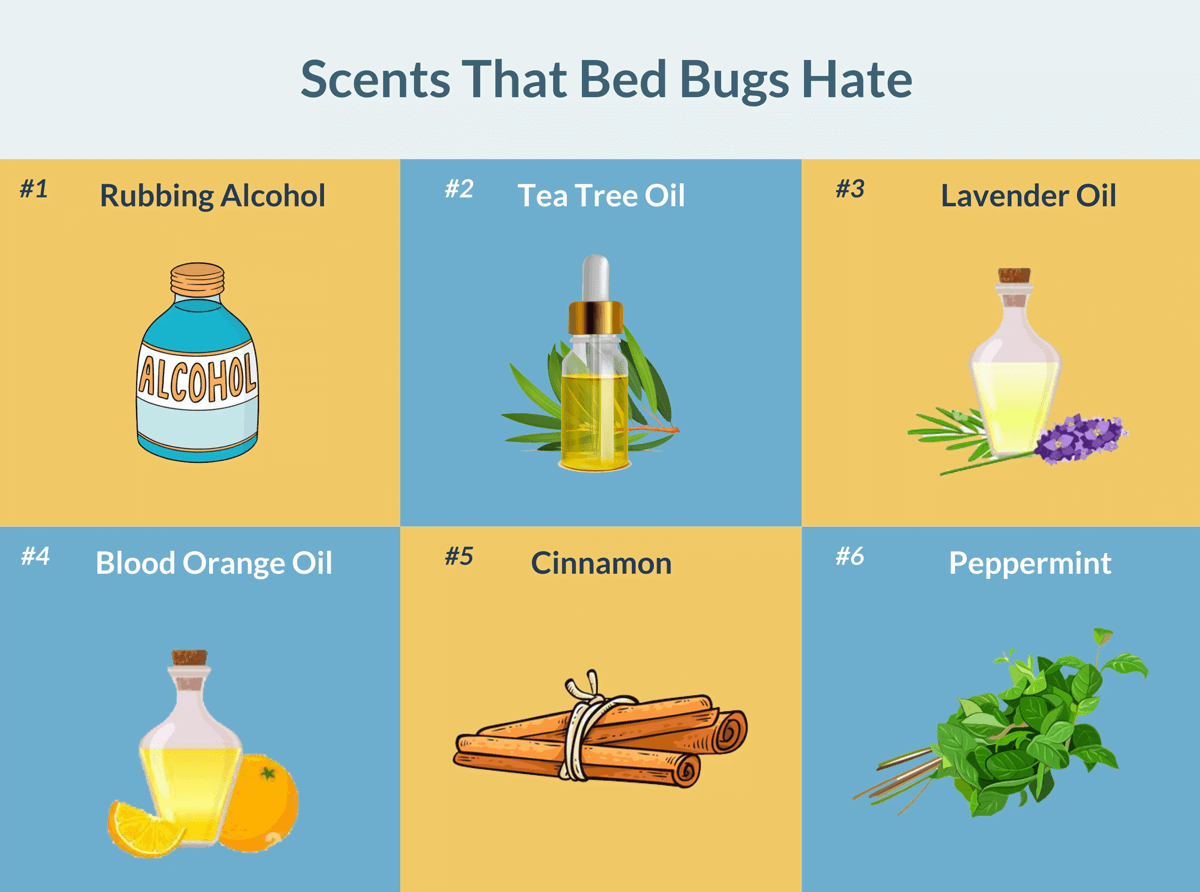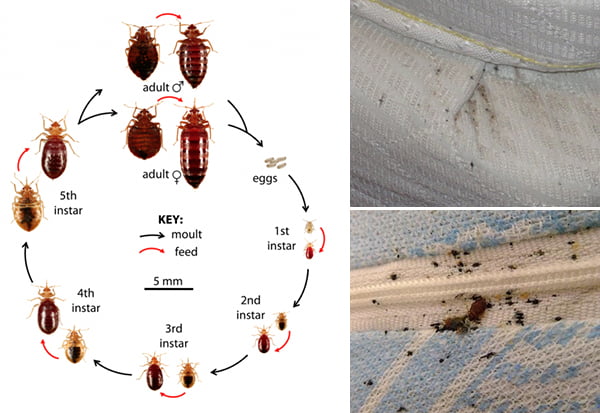To keep bed bugs out, regularly vacuum, wash bedding in hot water, and inspect used furniture. Keeping your home free from bed bugs requires consistent cleaning and vigilance.
These pests are known for hitchhiking on clothing or furniture, so frequent vacuuming and washing bedding in hot water can help eliminate any potential infestations. Additionally, inspecting used furniture for any signs of bed bugs before bringing it into your home is crucial.
By following these proactive measures, you can effectively keep bed bugs at bay and maintain a pest-free living environment.

Credit: www.catseyepest.com
Identifying Bed Bugs
Identifying bed bugs is crucial to effectively keeping them out of your home. By understanding their physical appearance and common hiding spots, you can take proactive measures to prevent an infestation.
Physical Appearance
Bed bugs are small, reddish-brown insects with flat bodies, approximately the size of an apple seed.
Their oval shape and lack of wings distinguish them from other common pests.
Common Hiding Spots
- Mattresses and box springs are typical hiding spots for bed bugs.
- Furniture and upholstery, particularly along seams and crevices, are also common infestation areas.
- Cracks in walls, baseboards, and electrical outlets provide hiding places for bed bugs.
Being able to spot these signs early can help you prevent a bed bug problem before it becomes a full-blown infestation.

Credit: www.wikihow.life
Preventing Bed Bug Infestations
When it comes to preventing bed bug infestations, taking proactive measures is key to keeping these pesky pests at bay. By following simple yet effective strategies, you can ensure your home remains bed bug-free. Here are some essential tips to help you in your quest to keep bed bugs out:
Inspecting Second-hand Items
Inspect used furniture, clothing, and other items thoroughly for any signs of bed bugs before bringing them into your home.
Using Protective Covers
Encase mattresses and box springs with special bed bug-proof covers to prevent bed bugs from infesting these common hiding spots.
Maintaining Cleanliness And Organization
Maintaining cleanliness and organization is crucial when it comes to keeping bed bugs out of your home. Taking proactive measures to ensure your living space remains clean and clutter-free can significantly reduce the likelihood of a bed bug infestation.
Regular Cleaning:
Regular cleaning is the first line of defense against bed bugs. Vacuuming the floors and rugs helps to remove any eggs or nymphs that may be hiding in the fibers. Remember to pay close attention to cracks and crevices, as bed bugs can easily hide there.
It’s also important to regularly wash and dry your bedding and curtains on high heat. This will kill any bed bugs or eggs that might be present. Be sure to check the crevices of your mattress for any signs of bed bugs, such as tiny reddish-brown stains or shed skins.
Reducing Clutter:
Bed bugs thrive in cluttered areas as they provide numerous hiding spots. By reducing clutter in your home, you’re eliminating potential hiding places for these pesky pests. Start by decluttering your living space, particularly areas where bed bugs tend to hide, such as closets and storage areas.
Store your belongings in sealed plastic bins or bags to prevent bed bugs from infiltrating them. Avoid leaving clothes or other items on the floor, as bed bugs can easily crawl onto them. By keeping your living area organized, you make it easier to detect and treat any potential bed bug infestations.
FACT: Bed bugs can survive for several months without feeding, so it’s important to take preventive measures.
Ensuring cleanliness and organization in your home is essential for keeping bed bugs at bay. By regularly cleaning your living space and reducing clutter, you minimize the chances of a bed bug infestation taking hold. Take these proactive steps to keep your home bed bug-free and create a peaceful and healthy environment for you and your family.
Taking Precautions While Traveling
When traveling, it’s crucial to take precautions to prevent bed bug infestations. These pests are notorious for hitchhiking and can easily find their way into your luggage and accommodations.
Inspecting Hotel Rooms
Upon arrival at your hotel, take a moment to inspect the room for any signs of bed bugs. Start by checking the mattress, box spring, and bed frame for tiny blood spots, exoskeletons, or live bugs. Use a flashlight to closely examine seams, crevices, and any upholstered furniture. If you notice any indications of bed bugs, promptly request a room change away from the infested area.
Protecting Luggage
Keep your luggage off the floor and away from the bed or upholstered furniture. Consider utilizing a metal luggage rack or a hard-shell suitcase to minimize the likelihood of bed bugs taking up residence inside your belongings. Upon returning home, unpack your luggage outside to prevent the potential spread of any bed bugs that may have hitchhiked during your travels. Machine wash and dry your clothes on high heat to eliminate any unwanted pests.
Treating Infested Areas
When it comes to keeping bed bugs out, one crucial aspect is treating infested areas. This is vital to eradicate the existing bed bug population and prevent them from spreading further. Here’s how you can effectively handle this pressing issue using professional exterminators or DIY treatments.
Hiring Professional Exterminators
If you suspect a severe bed bug infestation or prefer a hands-off approach, hiring professional exterminators can be highly beneficial. These experts possess the knowledge and tools to thoroughly eliminate bed bugs from your home. When selecting a professional exterminator, ensure they are licensed, experienced, and use proven methods such as heat treatment or chemical applications to get rid of these pesky pests. By opting for expert help, you can achieve a swift and thorough resolution to your bed bug problem.
Using Diy Treatments
DIY treatments offer a cost-effective alternative for those who prefer a more hands-on approach or have a less severe infestation. There are several methods and products available for DIY bed bug treatment, including bed bug sprays, powders, and mattress encasements. It’s crucial to follow instructions carefully and undertake thorough research to ensure the chosen DIY treatment is safe and effective. Bear in mind that DIY treatments may be more time-consuming and less effective for severe infestations, so it’s important to assess the situation realistically.
Educating Family Members
One of the most effective ways to keep bed bugs out of your home is by educating your entire family about these pesky pests. By knowing what bed bugs look like, how they spread, and what steps to take for prevention, you can ensure that everyone in your household is prepared and proactive in keeping bed bugs at bay. Here are some important aspects to consider when educating your family members about bed bugs:
Teaching Kids About Bed Bugs
When it comes to keeping bed bugs out of your home, it’s crucial to teach your kids about these tiny intruders. By empowering them with knowledge, they can actively participate in preventing an infestation. Use simple language and visuals that are easy to understand for children of all ages.
Explain to your kids that bed bugs are small insects that are about the size of an apple seed and are typically reddish-brown in color. Encourage them to keep an eye out for signs of bed bugs, such as bug bites or small blood stains on their sheets. Make sure they understand that bed bugs can hide in various places, including mattresses, furniture, and even clothing.
Teach your kids the importance of not bringing used furniture or items found outside into the home without thoroughly inspecting them first. Encourage them to be vigilant when staying overnight at friends’ houses, hotels, or other accommodations.
Avoiding Infestation Spread
To prevent the spread of bed bugs, emphasize the importance of personal hygiene and cleanliness. Explain that bed bugs can easily hitch a ride on bags, clothing, or other personal belongings and spread from one location to another.
Teach your family members to keep their belongings separate from others’ in public places, such as school lockers, gym changing rooms, or public transportation. Encourage them to use designated hooks or shelves rather than placing their items directly on communal surfaces.
Additionally, ensure that your family knows the proper methods for washing and drying clothes after travel or suspected exposure to bed bugs. Teach them to inspect and vacuum their luggage thoroughly before bringing it back inside the home.
By implementing these preventive measures, your family can limit the risk of bed bugs entering your home and prevent infestations from spreading to other areas.
Knowing The Signs Of Infestation
Recognizing early signs of bed bug infestation is crucial in preventing a full-blown problem. By learning to identify physical symptoms and bed bug evidence, you can take quick action and keep these pests out of your home.
Physical Symptoms
Itchy red bites on the skin, tiny bloodstains on bedding, and dark spots on mattresses are common indicators of bed bugs.
Bed Bug Evidence
Live bugs or eggs in crevices, musty odor, and shed skins are clear signs of bed bug presence in your environment.

Credit: privateexterminator.com
Dealing With Bed Bug Bites
Bed bug bites can be a nuisance, causing itching and discomfort. Knowing how to relieve itching and when to seek medical attention for bed bug bites is crucial for managing their effects.
Relieving Itching
To relieve itching caused by bed bug bites, apply a cold compress to the affected area.
- Use over-the-counter anti-itch creams or lotions containing calamine or hydrocortisone.
- Avoid scratching the bites to prevent secondary infections.
- Try gently washing the bites with soap and water to reduce irritation.
Seeking Medical Attention
If you experience severe itching, swelling, or signs of infection at the bite sites, seek medical attention promptly.
- A healthcare provider may prescribe oral antihistamines or topical steroids for severe symptoms.
- In cases of allergic reactions or secondary infections, immediate medical care is essential.
- Inform your healthcare provider if you suspect the bites are from bed bugs for proper evaluation and treatment.
Frequently Asked Questions For How To Keep Bed Bugs Out?
How Can I Prevent Bed Bugs From Entering My Home?
To prevent bed bugs, regularly vacuum and declutter your living space, inspect secondhand furniture, use mattress and box spring encasements, and be cautious when traveling.
What Are Some Natural Ways To Repel Bed Bugs?
Natural repellents include essential oils like lavender, tea tree, and peppermint, as well as diatomaceous earth and bed bug interceptors.
Can I Get Rid Of Bed Bugs Without Professional Help?
You can try DIY methods like steam cleaning, vacuuming, and using bed bug sprays, but severe infestations may require professional treatment.
What Are The Signs Of A Bed Bug Infestation?
Signs include red, itchy bites, bloodstains on sheets, fecal spots on bedding, a musty odor, and seeing live bed bugs. Regular inspections are recommended.
Conclusion
To effectively keep bed bugs at bay, it is crucial to follow a few preventive measures. Regularly cleaning and vacuuming your home, especially your bedding and furniture, can help eliminate any potential hiding spots. Additionally, sealing cracks and crevices will make it harder for these pests to enter your living space.
Furthermore, maintaining proper hygiene and avoiding bringing used furniture or clothing from infested areas can help minimize the risk of an infestation. By diligently implementing these steps, you can safeguard your home from the troublesome presence of bed bugs.
Related posts:

I’m MD Tanvir, and I bring years of expertise gained from working closely with pest control companies to the forefront. My journey in the industry has inspired me to launch Bug Battler, a platform aimed at equipping people with the know-how to combat pests autonomously. Through Bug Battler, I aim to empower individuals with practical insights to tackle pest infestations effectively.

